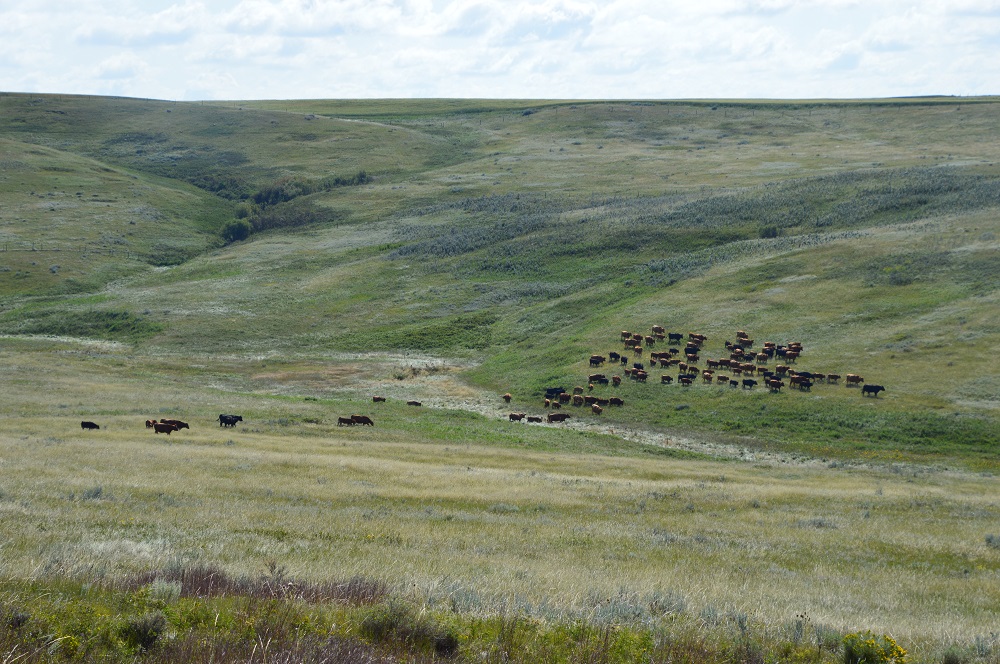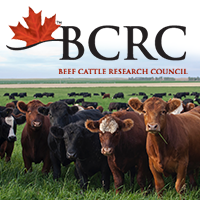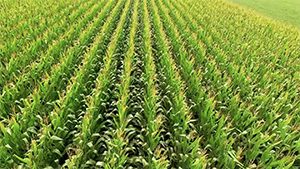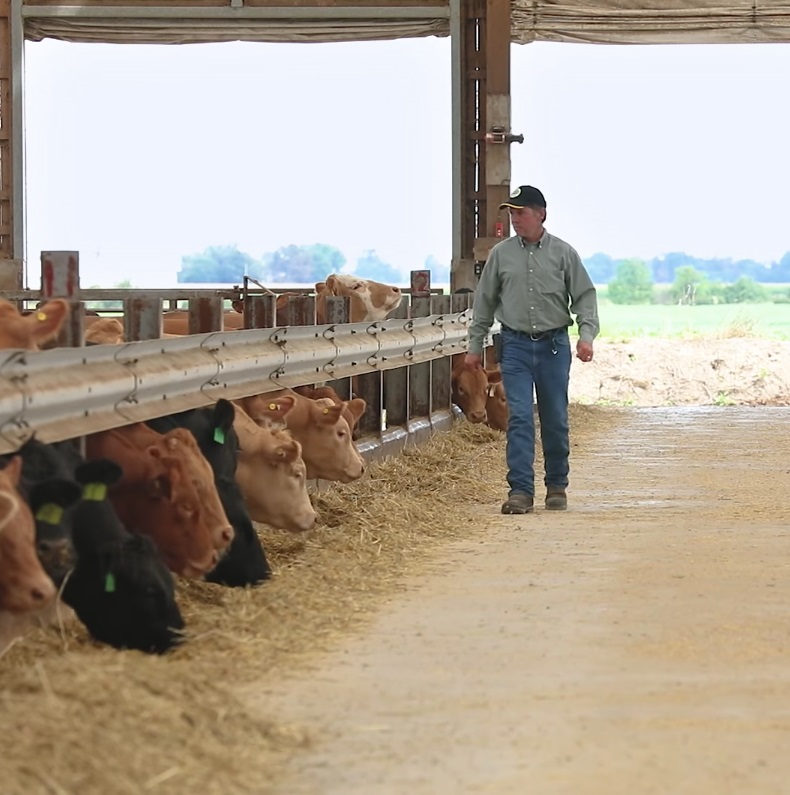-

May 28, 2020New Resource: Record Keeping and Benchmarking Level 2 Successful farm management begins with accurate and up to date records. The process of record...
Keep Reading -

May 21, 2020This Grazing Season, Remember the Four Principles of Pasture Management Pasture is a key component of beef cattle operations and one definitely worth...
Keep Reading -

May 19, 2020Guidelines for Conducting On-farm Research: COVID-19 Information for Researchers & Canadian Beef Operations Download the full PDF version here. Consider...
Keep Reading -

May 14, 2020Where Does Short-Season Corn Fit? This article written by Dr. Reynold Bergen, BCRC Science Director, originally appeared in the May 2020 issue of...
Keep Reading -

May 1, 2020Resources for Beef Producers During Market Disruptions Beef supply chain disruptions due to COVID-19 are challenging producers to make difficult...
Keep Reading